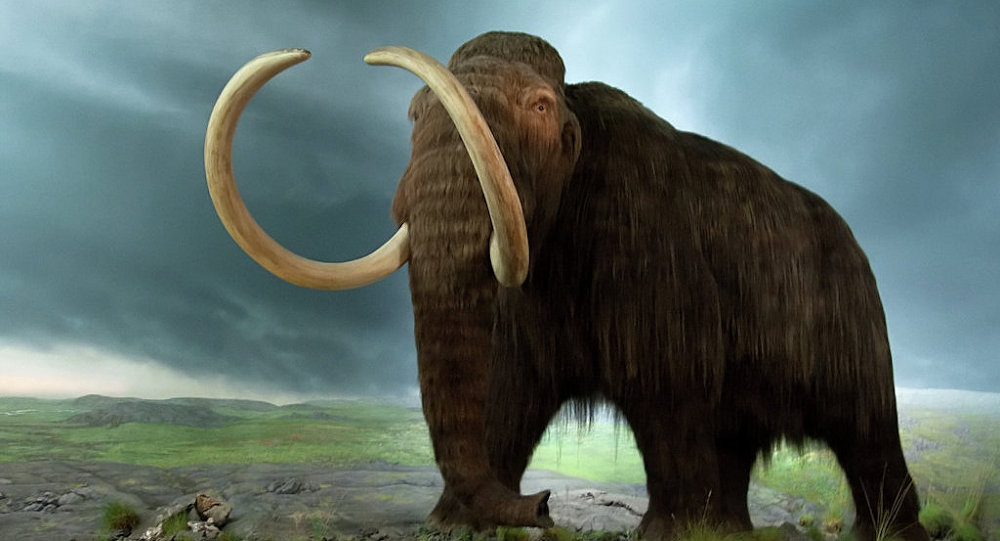“[T]he remarkable persistence of mammoths on … St. Paul Island until the mid-Holocene suggests that isolated megafaunal populations can survive thousands of years after habitat fragmentation.” – Dr. Russell Graham, Penn State geoscientist.

PHOTO: sputniknews.com
Everyone can recognize the woolly mammoth. They’re made famous by lovable cartoon movies like Ice Age, and they dance across ancient cave paintings, capturing our imaginations. Usually, we think of them as belonging to the distant past, to a time when the Earth was covered in ice and dinosaurs had been a recent memory.
Well, surprisingly, they’re not as old as we might think. On a remote island off the coast of Alaska – St. Paul Island – a team of paleontologists and earth scientists discovered mammoth remains that point to the species’ survival well over 6,000 years after the Ice Age had released its frozen grip on the Earth.
St. Paul was already known as one of the last strongholds of mammoths just before they all went extinct. In 1999, mammoth remains were found that dated back 6500 years – almost 4,000 years after mammoths had completely disappeared from the face of North America.
Years later, in 2013, a team of paleontologists led by Dr. Russell Graham started a project drilling cores of sediment from a lake on the island in hopes of finding evidence of the presence of a mammoth population. Any microscopic clue would do.
![Paleontologists taking core samples at St. Paul Island [PHOTO: westerndigs.org]](https://historythings.com/wp-content/uploads/2016/08/St_Paul_Island_Jack_Williams.jpg)
Paleontologists taking core samples at St. Paul Island [PHOTO: westerndigs.org]
Another clue was found in a beautifully preserved strain of sediment DNA. Sediment DNA is what’s left over when fossil remains can’t be found. It manifests as just the barest hints of genetic traces of ancient creatures trapped in layer upon layer of geological sediment.
The study on St. Paul Island showed that, in thirty-eight separate sediment cores, there was present mammoth DNA up until 5,600 years ago. Right then, all traces of mammoths vanished.
What happened, then?
The scientists were able to strike out the usual suspects. Usually, a decline in mammoth population is preceded by humans or polar bears. However, humans didn’t set foot on the island until 1787 in the form of Russian whalers, and there’s no record of polar bears showing up until at least 1,000 years after the last mammoth died.
So far, the researcher’s best theory is that the climate was what killed them off in the end.
St. Paul Island was once part of the land bridge that connected Alaska with the tip of Russia, called the Bering Land Bridge. During the Ice Age, sea levels were drastically lower, allowing this land bridge to form.
But, as the ice began to melt, the sea levels crept steadily higher and higher. Fresh water became rare on the island. The fossil record tells a story of a plummeting plant population – a tale of a much drier environment.
“It paints a dire picture of the situation for these mammoths. Freshwater resources look like the smoking gun for what pushed them into this untenable situation.”
– Matthew Wooler, director of the Alaska Stable Isotope Facility at the University of Alaska Fairbanks.
5,600 years ago, the last mammoth on St. Paul Island died out. Still, that’s a remarkable jump in how long we’d thought mammoths survived for. By this time, Ancient Egypt had unlocked the secrets of agriculture, and farming had reached central and northern Europe. It’s not a picture that we commonly associate alongside the striking silhouette of a woolly mammoth, is it?

